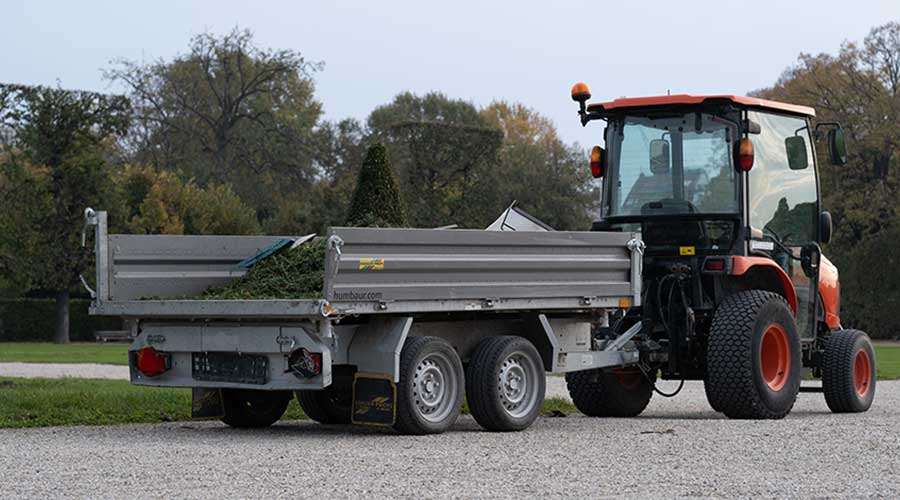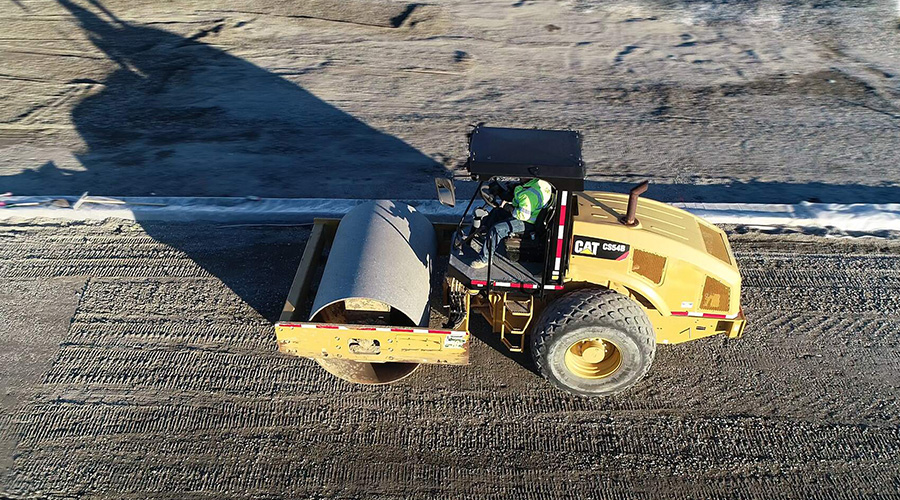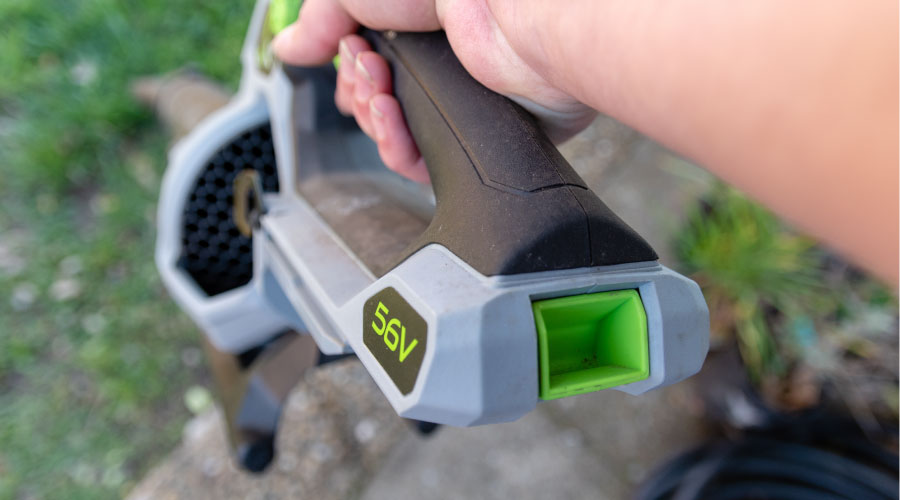 Grounds managers must view nearly every decision — from landscape design to irrigation and maintenance — with a clear focus on the way it will impact the environment.
Grounds managers must view nearly every decision — from landscape design to irrigation and maintenance — with a clear focus on the way it will impact the environment. Sustainable Grounds: Spotlight on Mulching and Recycling
Key sustainability considerations can enable managers to improve the performance and appearance of landscapes
It is the common practice for facilities to discard landscape waste even though they could reuse most of the materials. Managers have three options for reusing this waste — grasscycling, composting, and off-site processing.
A typical lawn produces 200-500 pounds of grass clippings annually. Instead of bagging grass clippings before having them hauled away, crews can resort to grasscycling, which involves allowing the clippings to lay on the mowed areas where they breaks down in about two weeks. The clippings have a high nitrogen content and act as a fertilizer supplement.
Successful grasscycling does have several restrictions. The grass must be dry when it is cut to prevent clumping. When the grass is cut, the operator should adjust the mower’s height to remove no more than one-third of the length of the grass blade. Not doing this might result in having to cut the grass more frequently during periods of rapid growth.
Composting offers an alternative to grasscycling. The materials that crews can compost include grass clippings, leaves and other organic waste. A combination of bacteria, fungi, earthworms, and other organisms decompose the waste material under semi-controlled conditions, turning the waste into compost. When added to soil, the compost returns organic material to the soil. Composting offers the dual advantage of improving soil quality while reducing waste.
Composting does require space for bins to hold the waste while it is decomposing into compost, a process that can take up to two months, and crews have to periodically turn and water the material to help the process. Departments without the personnel or space required to support composting can send landscape waste to commercial facilities that will process it into compost or mulch and sold.
Water watch
Water conservation is a key element in any grounds sustainability program. While planting native, drought-tolerant grasses and plants can limit the need for watering, cutting water use is still essential. The key to limiting the amount of water used is matching the capabilities of the irrigation system to the landscape’s needs.
Sprinkler heads should direct the water where it is needed and only where it is needed. Every week, technicians should inspect the entire system to ensure that there are no leaks, that only intended areas are watered, and that coverage is uniform.
New-generation control systems include rain sensors that limit system operation to days it is actually needed. Flow sensors monitor water use and help managers identify issues such as leaks and sprinkler heads that are not operating properly. High-efficiency irrigation heads minimize water use by providing even coverage. Subterranean drip-irrigation systems can efficiently deliver water in areas where above-ground sprinkler heads might not be able to operate effectively.
If managers want to maximize irrigation-system efficiency, they also must be willing to invest in training to give employees the knowhow to operate and maintain the system and understand the data the systems generate.
Power players
One area in which major changes have occurred in support of grounds sustainability involves the equipment workers use. Propane- and electricity-powered units are replacing traditional gasoline and diesel equipment. For example, propane mowers cut as well as gasoline mowers, they require less maintenance, and they are less expensive to operate. In terms of sustainability, propane mowers produce about 25 percent less greenhouse gases and reduce carbon monoxide output by 60 percent.
Depending on the size of the operations, managers might need to install a fueling station on the property to fill equipment’s propane tanks. Employees typically switch out the tanks at the start of a shift. Fixed-price contracts for propane result in stable fuel costs.
Electric units offer a way to further cut greenhouse gas emissions. String trimmers, hedge trimmers, chain saws, backpack blowers, tractor lawn mowers, push mowers, leaf vacuums, and sweepers are available in battery-powered units, which often have comparable performance to gasoline and diesel-powered units.
Electric units offer several additional advantages. They are easier to start and present no issues with fuel contamination. They also are lighter and produce less vibration, less noise and no fumes. In addition, improvements in battery designs have made them more practical for grounds operations. The typical battery lasts as long as a tank of gasoline for most units, and they can recharge in less than an hour.
James Piper, P.E., is a national consultant based in Bowie, Md. He has more than 35 years of experience with facilities maintenance, engineering and management issues.
Related Topics:














